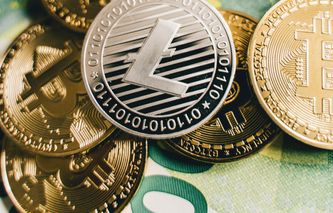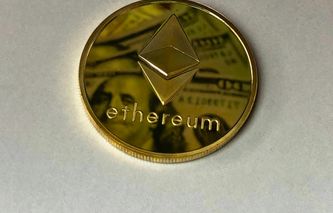Understanding Blockchain Technology
What is Blockchain?
Blockchain is a distributed ledger technology that records all transactions across a network of computers. This decentralization ensures that records cannot be altered without the agreement of all network participants, providing a secure and transparent transaction environment.
Explanation of Blockchain Technology
Blockchain operates based on decentralization, transparency, and immutability. Transactions are grouped into blocks and linked together in chronological order, creating a chain. This public ledger allows any participant to view transaction histories while ensuring that the data cannot be changed once confirmed.
How Blockchain Works in Payments
In blockchain-based payment systems, transactions are validated by nodes (computers) in the network and added to the blockchain in real-time. This setup contrasts sharply with traditional payment systems that rely on central authorities like banks, which can delay processing due to manual interventions and the need to navigate through various financial intermediaries.
Connecting Cross-Border Payments with Blockchain Transactions
Increased Efficiency
Traditional cross-border transactions can be slow, often taking several days to complete as they pass through various intermediaries and legal frameworks. Blockchain streamlines this process, reducing transaction times to minutes or even seconds. Transactions on the blockchain occur directly between parties, regardless of their geographical locations, with no need for intermediaries.
Enhanced Security
Security concerns in cross-border payments include fraud and interception by unauthorized parties. Blockchain addresses these issues through its inherent design. Each transaction block is securely linked to the previous one, creating an unalterable chain. The decentralized nature of the blockchain means that no single point of failure can compromise the security of the entire network.
Lower Costs
One of the biggest advantages of blockchain for cross-border payments is the significant reduction in costs. Traditional methods involve multiple intermediaries, each of which adds layers of fees and charges for currency exchange and processing. Blockchain transactions can eliminate these intermediaries, drastically cutting costs and making transactions more affordable for all parties involved.
Challenges and Limitations
Regulatory Hurdles
Despite its benefits, blockchain faces significant regulatory challenges. The lack of a unified global regulatory framework for blockchain applications complicates its adoption for cross-border payments. Each country's differing stance on cryptocurrency and blockchain technology can pose barriers to seamless international transactions.
Technical Barriers
Blockchain technology, while promising, still faces issues such as scalability and interoperability. The current capacity of blockchain networks may not suffice for handling the vast volume of global transactions, and differing blockchain platforms may not work seamlessly together, potentially hindering widespread adoption.
Adoption Challenges
Traditional financial institutions often view blockchain technology as a disruptive force rather than an enabler of efficiency. The unfamiliarity and complexity of blockchain can also lead to resistance from these institutions and skepticism from the general public.
Expert Opinions and Future Outlook
Industry Perspectives
Industry experts are optimistic about the role of blockchain in transforming global payments. They foresee continuous improvements in blockchain technology that will address existing challenges, including scalability and regulatory acceptance.
Future Developments
Advancements are likely to enhance blockchain's capabilities, particularly in handling larger transaction volumes more efficiently. Regulatory environments may also evolve, offering clearer guidelines that could facilitate broader adoption of blockchain for international payments.
Conclusion
Blockchain technology offers transformative potential for cross-border payments, promising increased efficiency, enhanced security, and reduced costs. By directly connecting transactions across borders via a decentralized network, blockchain provides a streamlined alternative to traditional financial systems. Despite facing regulatory and technical challenges, the future of blockchain in cross-border payments looks promising, with ongoing developments expected to further integrate this technology into the global financial landscape.




